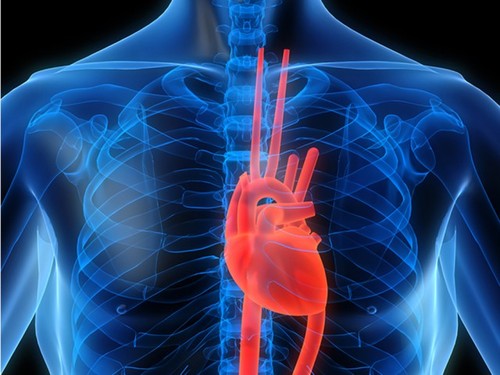In atherosclerosis, the arteries grow narrower as a result of fatty deposits on the inner lining of arterial walls. These deposits are called “plaque” and are composed of fatty substances, cholesterol, cellular waste products, calcium, and a clotting material in the blood.
The cause of atherosclerosis
Atherosclerosis is thought to begin as a result of damage to the inner lining of arterial walls. In addition to hypertension, other factors that are associated with damage to the arterial walls include high level of fat and cholesterol in the blood and the cigarette smoking.
Damage to an arterial wall triggers the body’s usual healing mechanism. The blood thickens around the damaged area and forms a thrombus or blood clot. Blood clots are a normal part of the healing process and usually dissolve harmlessly. In people with atherosclerosis, however, the damaged arterial walls heal only partially. A jagged lesion remains and as blood flows past the affected area, this rough surface attracts fatty debris and cause a buildup of plaque. In a final effort to heal the wound, scar tissue forms, creating a permanent deposit of plaque and a permanently narrowed artery.
The role of fats and cholesterol
The development of atherosclerosis has been linked to high levels of saturated fats and cholesterol in the blood. That is why it is very beneficial for all of us to reduce the fat content of our diet and to prevent the risk of hypertension and atherosclerosis. The verdict on fats and cholesterols in not yet final, however, and many fundamental questions remain.
Dangers of atherosclerosis
Generally, the heart can continue pumping effectively even through arteries that have been reduced 60 percent in size. The narrowing of an artery in a person with atherosclerosis may first become noticeable when it is severe enough to cause inadequate blood circulation to the body cells that it supplies. This can take many years to develop or it can occur suddenly. If the blood vessel sustains further damage, a blood clot may develop in addition to the plaque. This type of clot is called thrombosis and it may block the vessel totally. Blockage can also occur if a blood clot or piece of plaque breaks off from an arterial wall and becomes wedged in the narrowed vessel. Such a wedge is called embolus and the condition is known as an embolism.
These complications of atherosclerosis can occur anywhere in your body. However, the most severe results of atherosclerosis occur when the damage is sustained in the blood vessels that supply the heart or the brain. Try to learn as much as possible for this awful disease and protect yourself. Try to live healthy and green life.
















